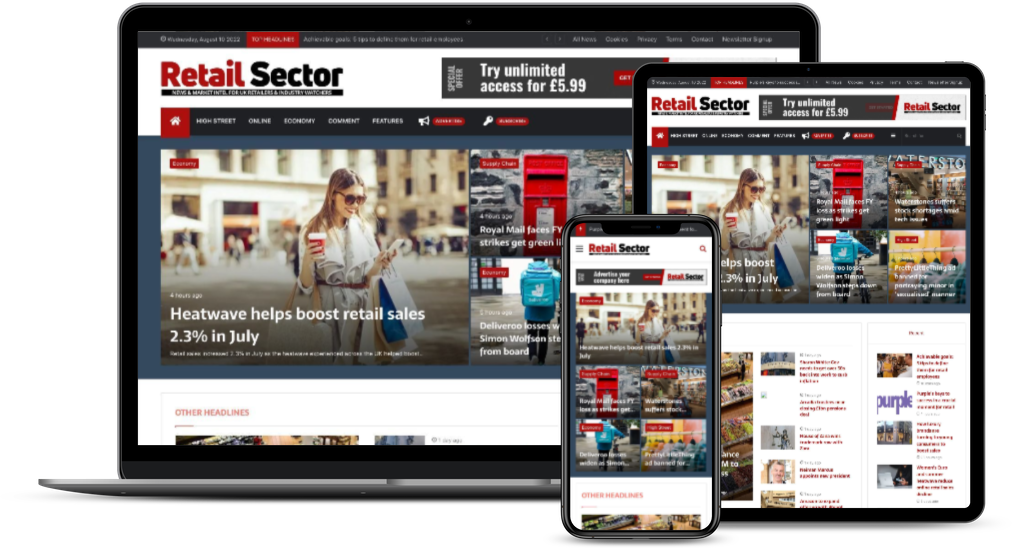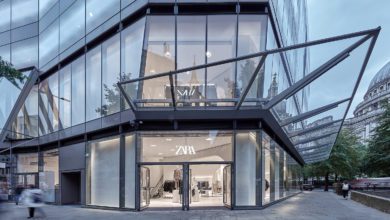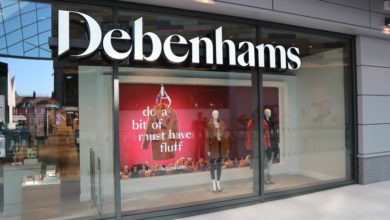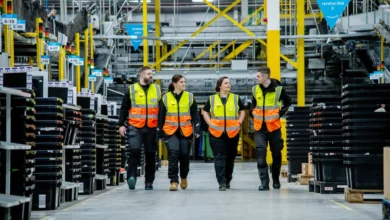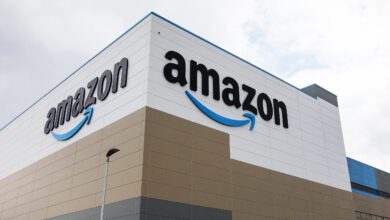Fast Fashion: The global battle

The fast fashion landscape is a crowded space. Spend a couple of minutes on a train platform, browsing Instagram, scrolling through Twitter or watching YouTube and the vast array of adverts, celebrity endorsers, vloggers and other assorted brand affiliates makes it clear that a fierce battle for the wallets of the 16 – 30+ segment is underway.

